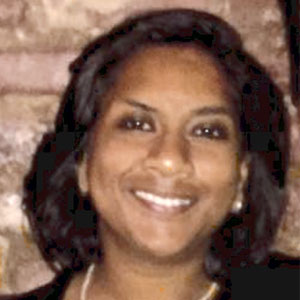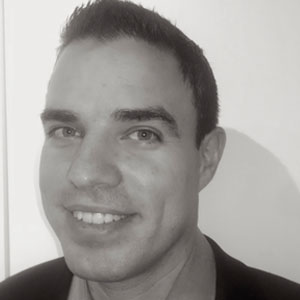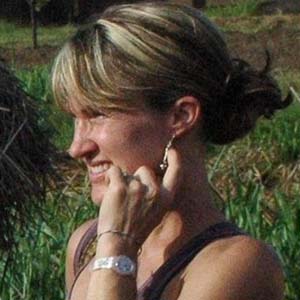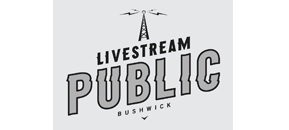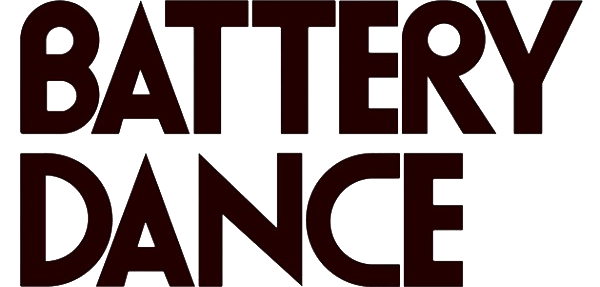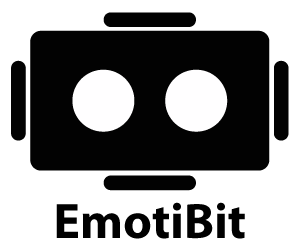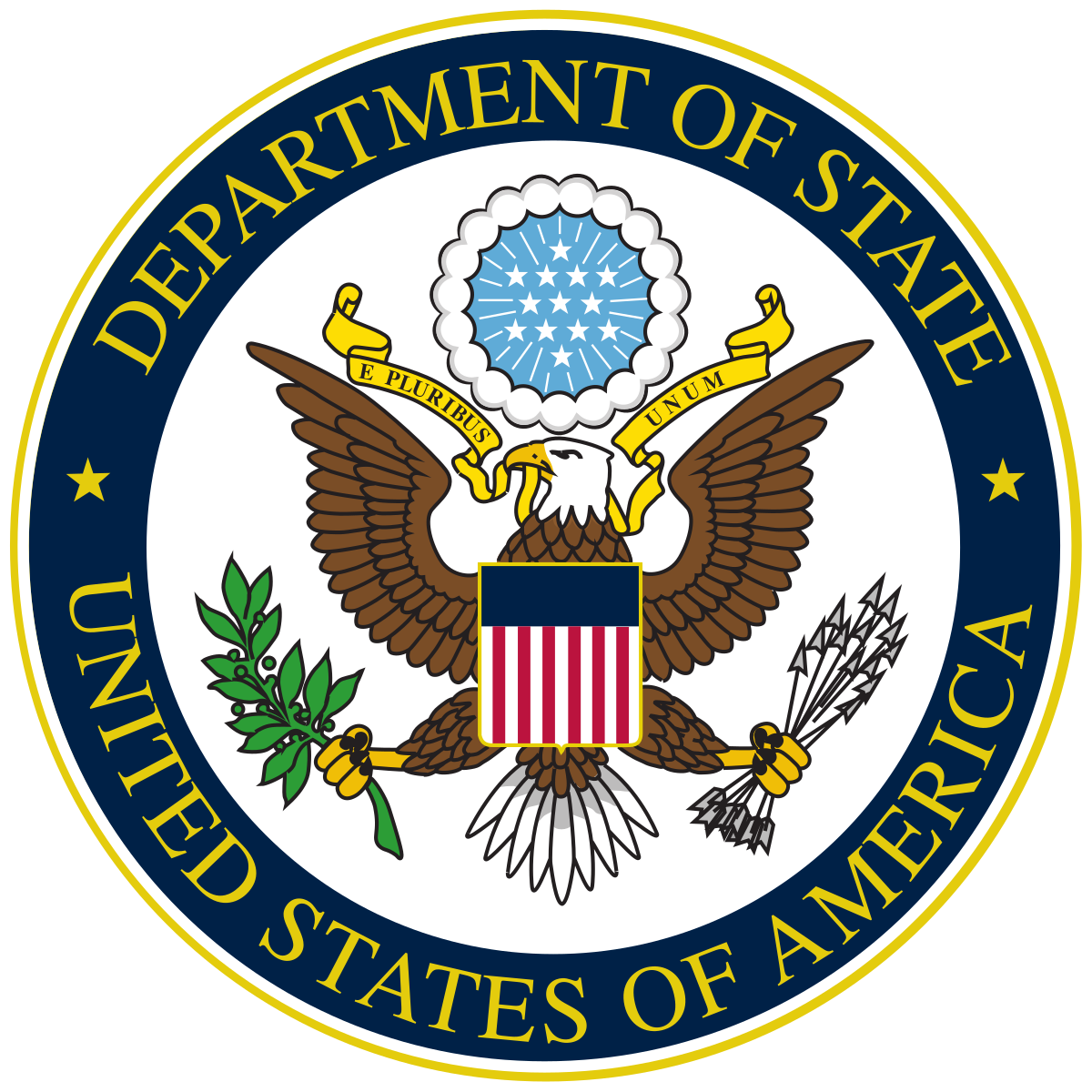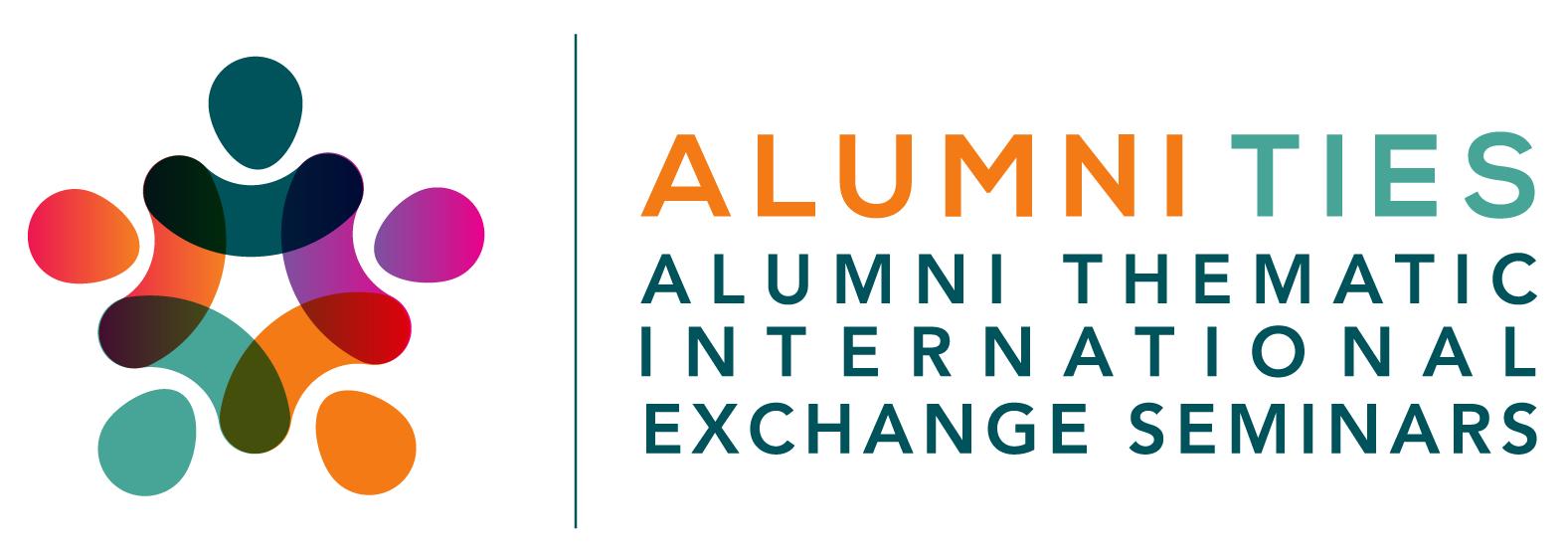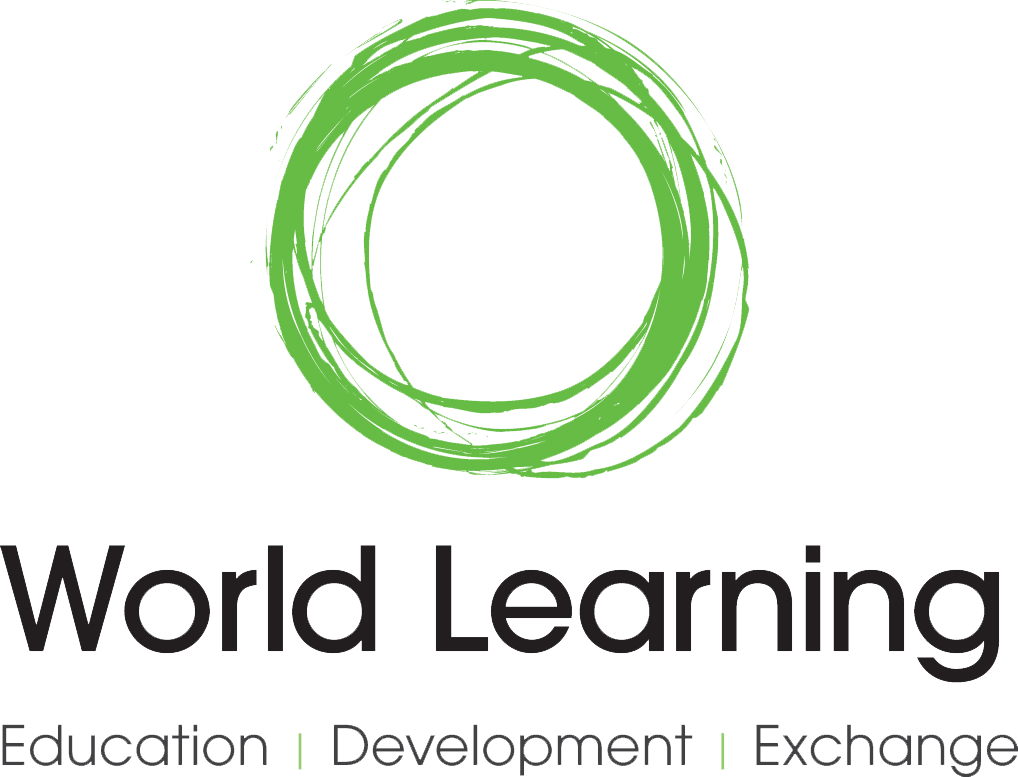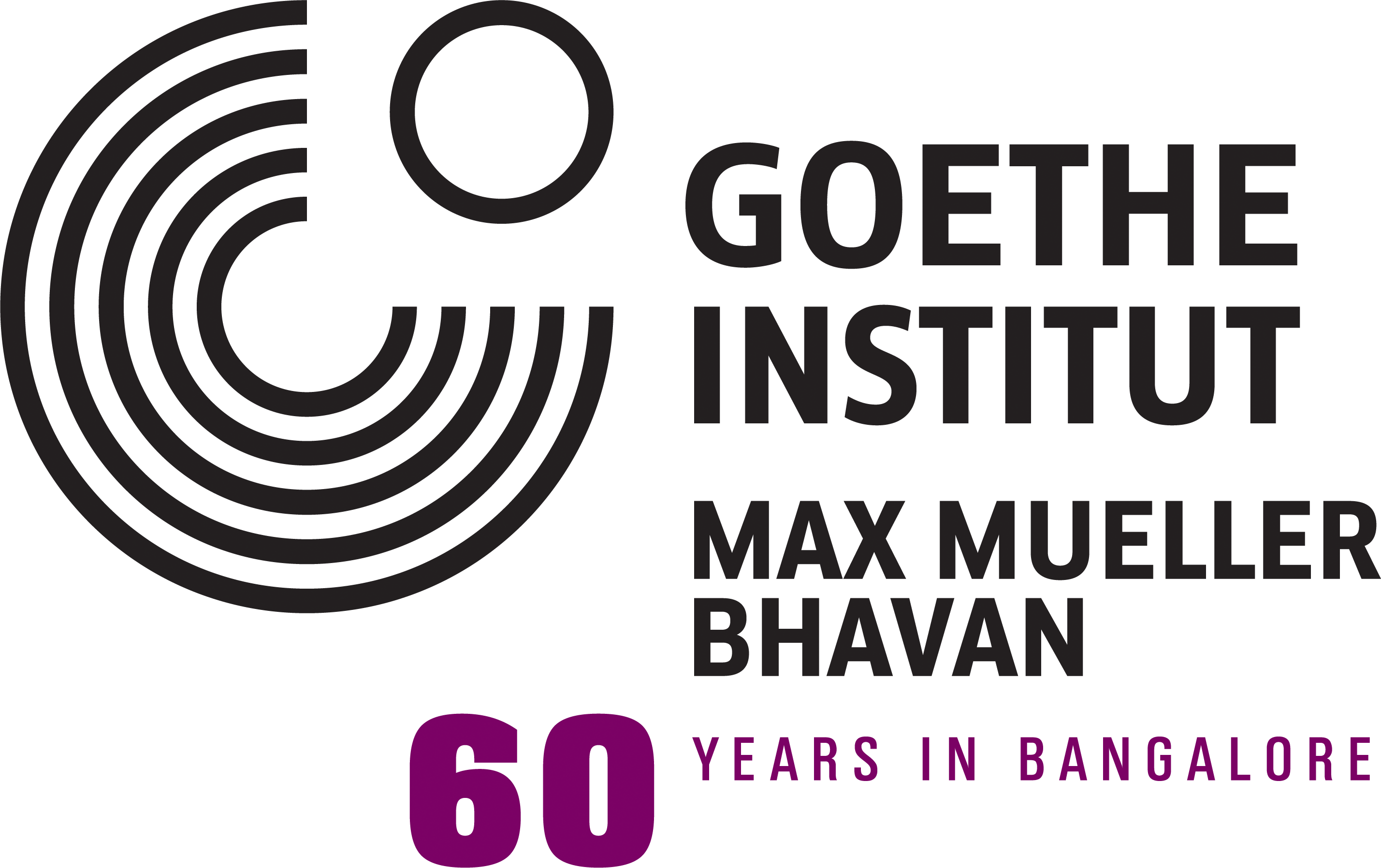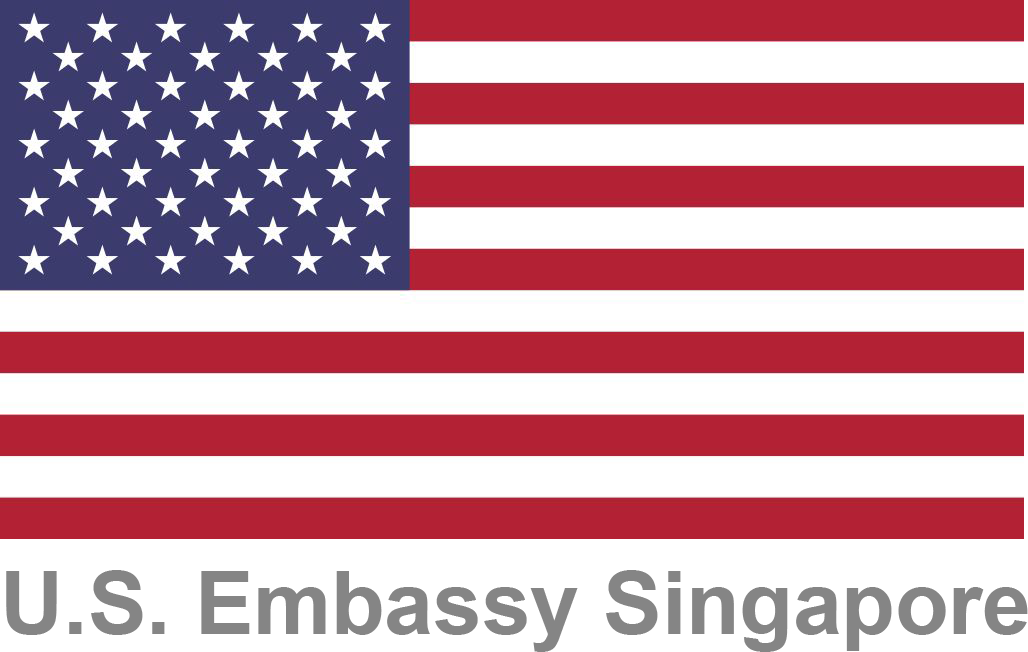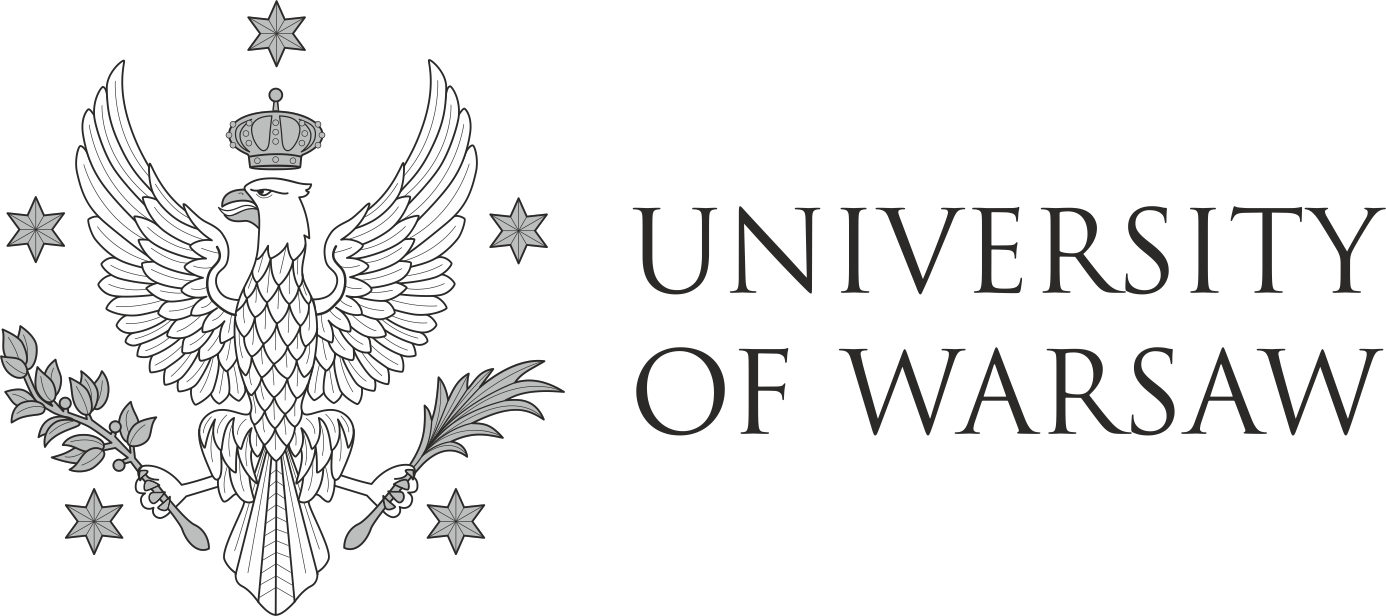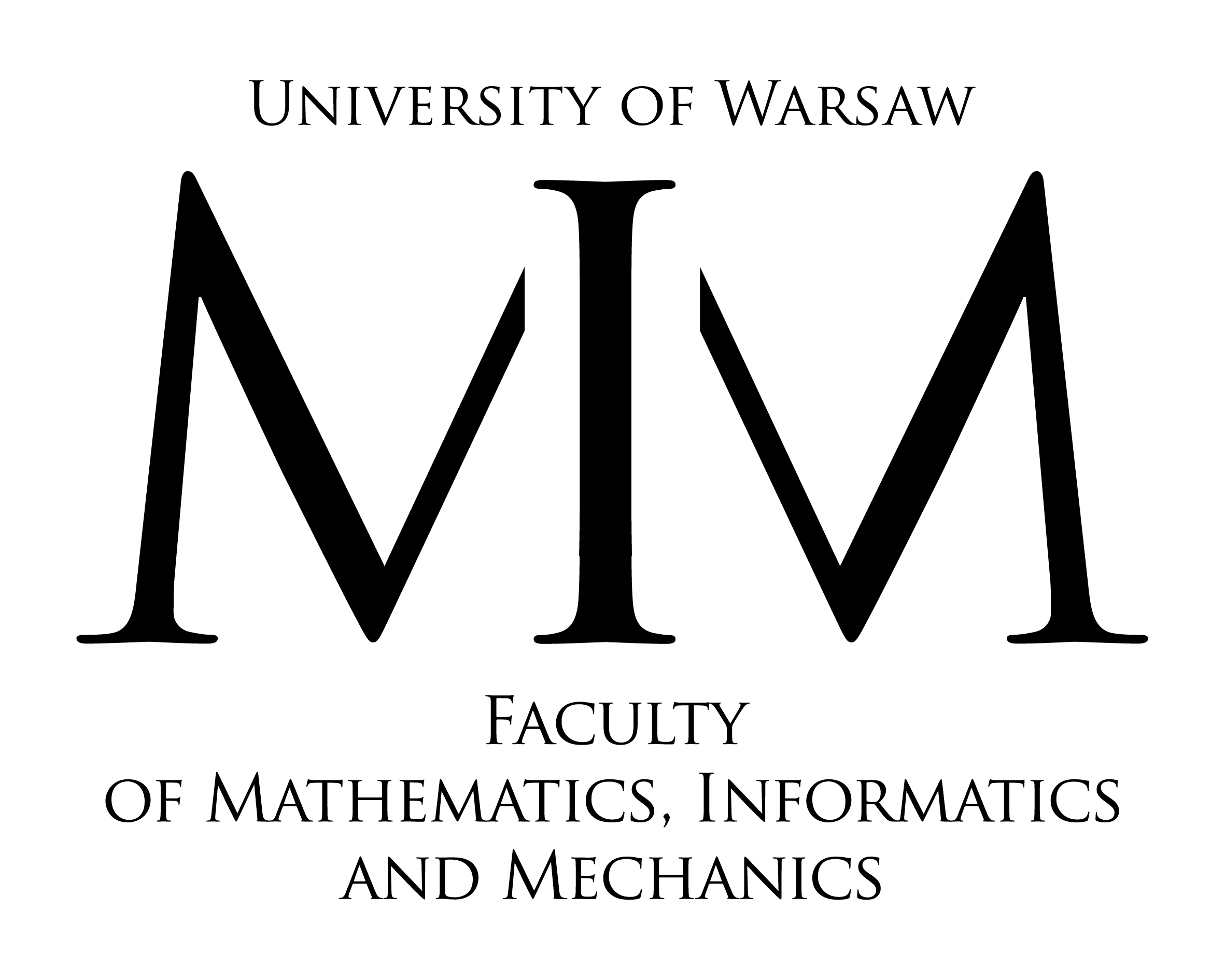A team from Art-A-Hack™ Summer 2016
Team members:
- Mala Kumar
- Allie Quintano
- Leonardo Malave
- Linda Raftree
Why do so many well-intentioned Western efforts to solve African crises fail? It’s because organizers often have superficial understandings of deep problems.
That’s the view explored by the “Superficial / Substantive” team during the Art-A-Hack 2016 season. On the team were two tech for development experts, Mala Kumar and Linda Raftree, alongside creative technologists Allie Quintano and Leonardo Malave.

The team examined how technologies like mobile, virtual and augmented reality, are clumsily deployed by non-experts, often with generous funding but little long-term experience and sometimes questionable motives.
The team contend that while those organizations have superficial understandings of deep problems, organizations like Uber and SnapChat have the reverse: deep understandings of superficial problems.
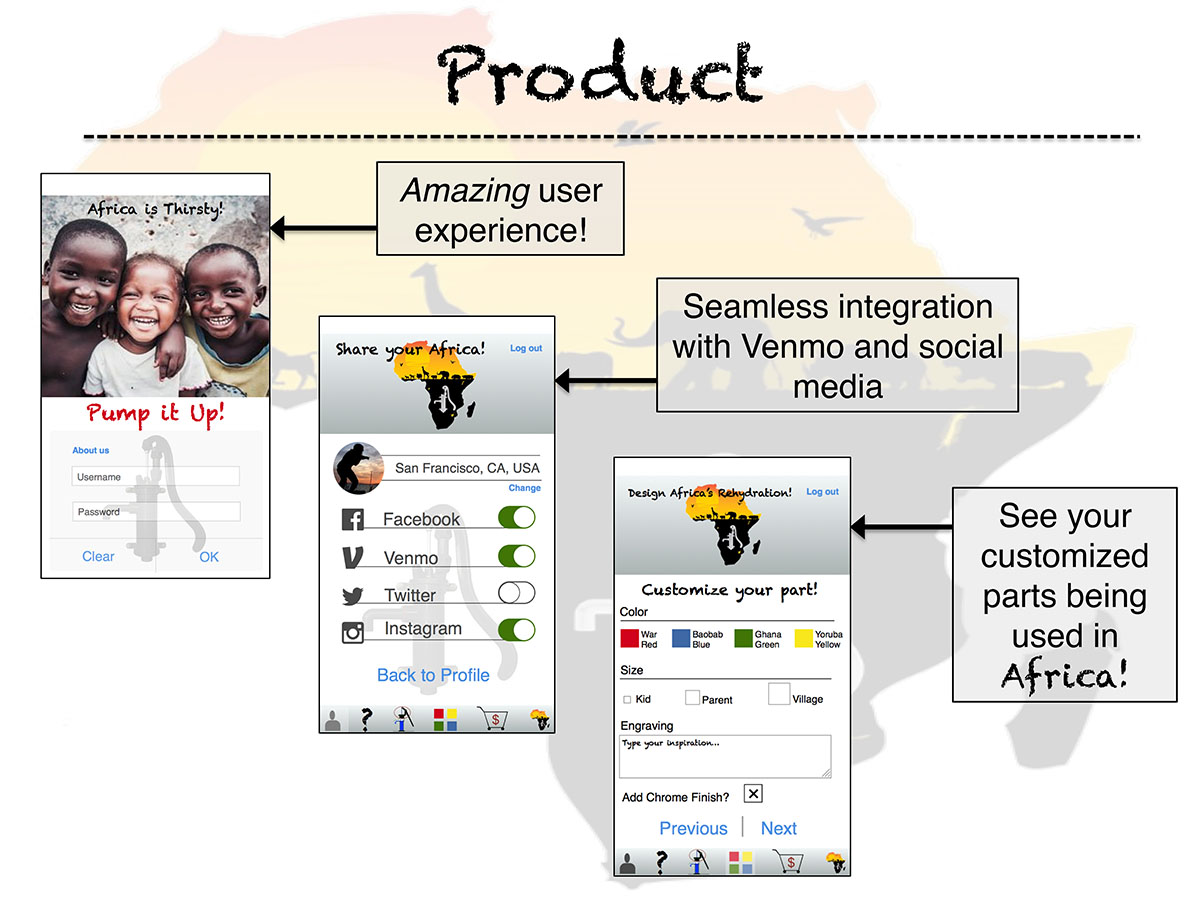
To explore these ideas, the team created a mobile app prototype and VR experience.
The app is a satirical take on the way superficial technologically-driven initiatives are structured. It highlights the way focus is heavily tilted towards marketing and media instead of the actual situation on the ground, or offering a simple, pragmatic and viable solution.
The VR experience places users in a scene from the other side of the equation. They are positioned next to a water pump, with shipments of supplies coming in left, right and center. They are then tasked with getting the pump to produce water, by installing parts from the supply shipments.
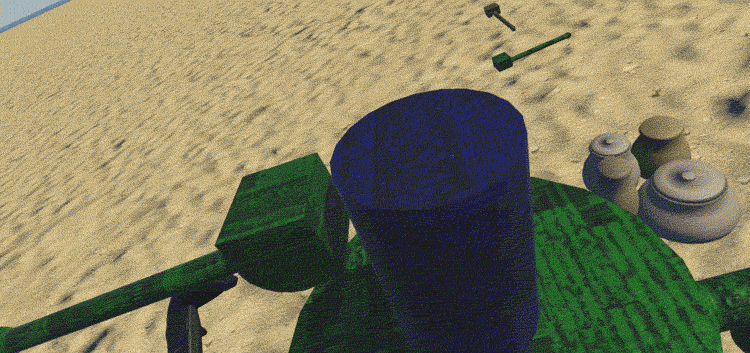
The supplies that are ultimately sent are a mixture of essential and useless components based on the misconceptions of the both the marketing campaign and app users who are funding the project. Unfortunately, the initial task of producing access to clean water is negated by haphazard and time-consuming run arounds, and is ultimately unsolvable.
The VR application was created using HTC Vive, Unity, custom C# code and the Newton VR physics engine. The team created the application using hardware in the Thoughtworks VR lab.

To create the experience, the team overcame challenges in finding and customizing pump-like VR assets in a very short time-frame. They tackled user experience issues such as making sure shipment parts ‘spawned’ at the correct time intervals.
Moving forward, the team are working on packaging the environment into an executable file for download, so that home VR users can try out the experience. Team lead Mala Kumar has also posted a statement about the project on her website, and intends to write articles linking the theme of the work with the VR experience.


